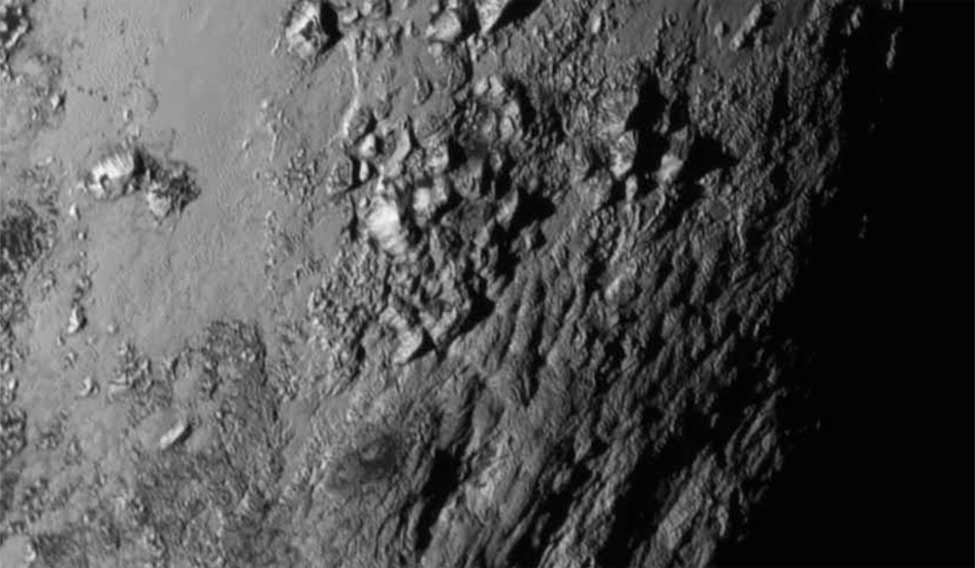Seven weeks after New Horizons sped past the Pluto system to study the unexplored world, the mission team has begun the intensive downlinking of the massive data the spacecraft collected and stored on its digital recorders.
The process moved into high gear on September 5 with the entire downlink taking about one year to complete.
"These images, spectra and other data types that are going to help us understand the origin and the evolution of the Pluto system for the first time," said New Horizons principal investigator Alan Stern fr om the Southwest Research Institute (SwRI) in Boulder, Colorado.
"It is the best datasets, the highest-resolution images and spectra, the most important atmospheric datasets, and more. It's a treasure trove," he added in a NASA statement.
Even moving at light speed, the radio signals from New Horizons containing data need more than four and a half hours to cover the three billion miles to reach Earth.
Since late July, New Horizons has only been sending back lower data-rate information collected by the energetic particle, solar wind and space dust instruments.
The pace picked up considerably on September 5 as it resumed sending flyby images and other data.
During the data downlink phase, the spacecraft transmits science and operations data to NASA's Deep Space Network (DSN) of antenna stations, which also provide services to other missions, like Voyager.
"The New Horizons mission has required patience for many years, but from the small amount of data we saw around the Pluto flyby, we know the results to come will be well worth the wait," added Hal Weaver, New Horizons project scientist from the Johns Hopkins University.
The team also plans to continue posting new, unprocessed pictures from the Long Range Reconnaissance Imager (LORRI) on the New Horizons project website each Friday.




